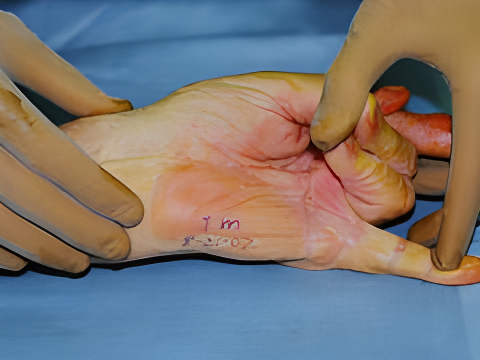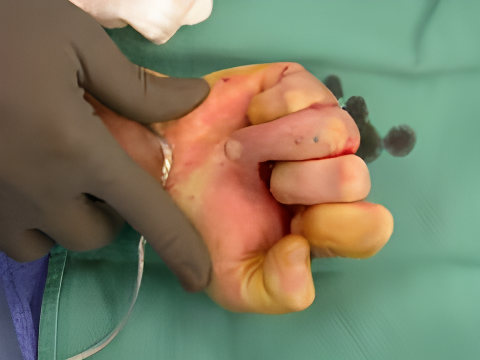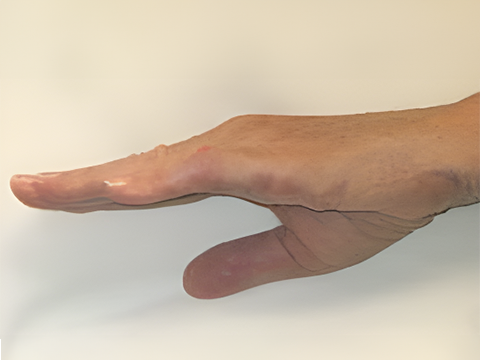PIP Joint Contractures: Restore Motion with Minimally Invasive Treatment
Discover safe, effective, and minimally invasive solutions designed to improve hand function, prevent progression, and help you reduce daily discomfort caused by PIP joint contractures.
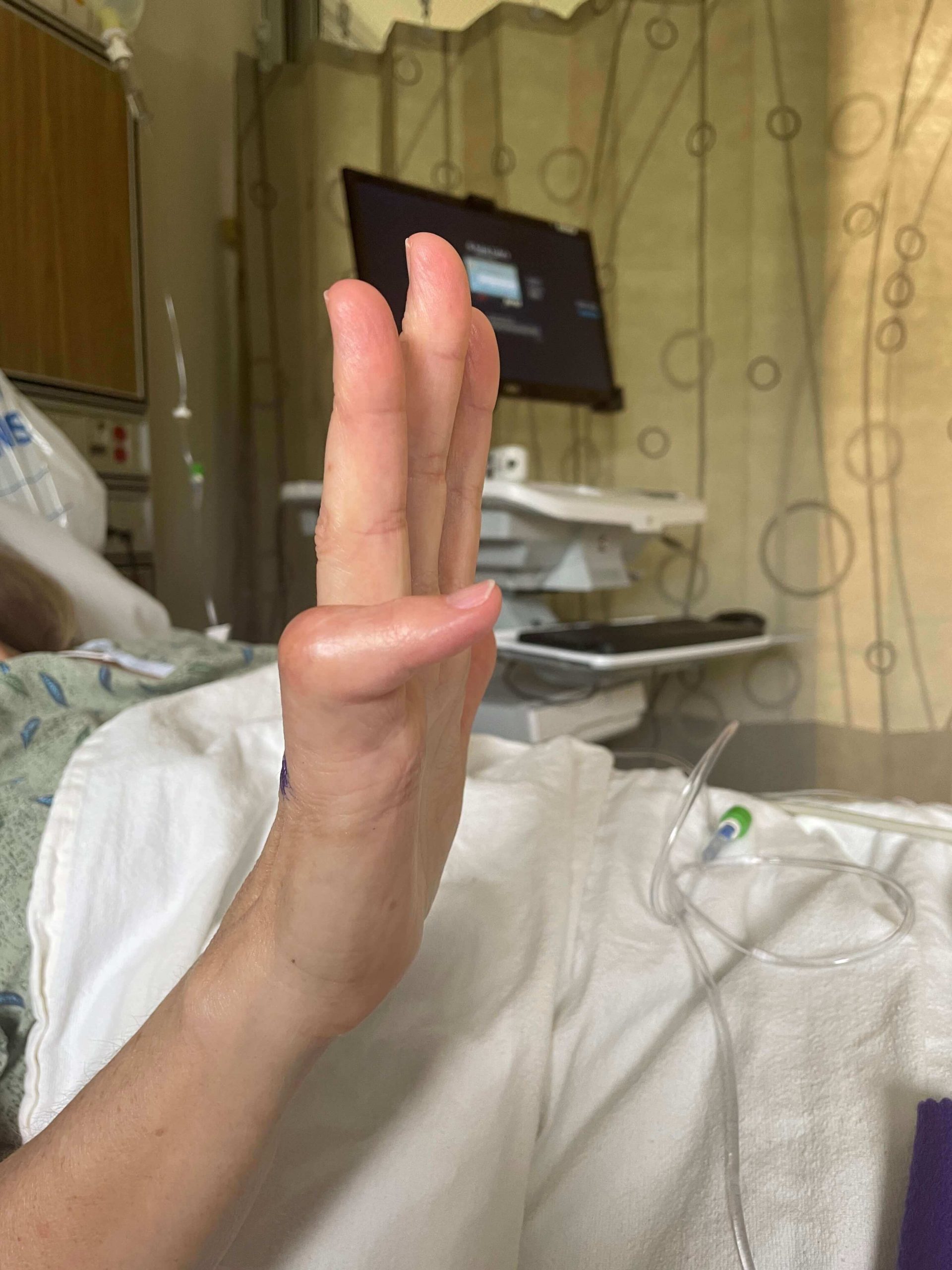
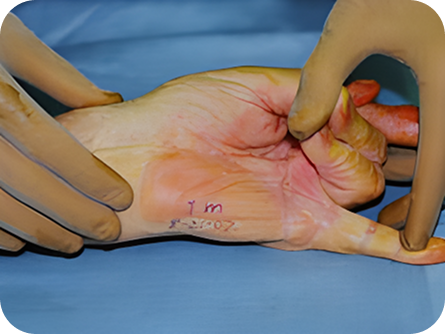
Why treat PIP joint contractures early?
Digit Widget offers a minimally invasive surgical option that gradually restores movement, lengthens tissues, and reverses contractures, all while allowing patients to stay active during rehabilitation.
Patient Testimonials
Reclaim your range of motion and independence to move.
Explore more on PIP joint contractures and recovery

PIP joint contractures: How trauma affects finger motion and recovery
Impact of trauma on finger mobility and ways to recover.

PIP joint finger contractures: daily challenges and recovery
Every day struggles with contractures and treatment options.

PIP flexion contracture: restoring extension without surgery
Non-surgical methods to regain finger extension

Treating PIP joint contractures: Digit Widget vs. Splints and Injections
How Digit Widget offers a better solution than traditional options.
What’s the daily impact of PIP joint contractures on hand function?
- Progressive finger flexion that prevents full extension
- Difficulty gripping, dressing, and performing fine manual tasks
- Pain, skin folds, and hygiene problems in severe cases
- Limited response to splints and physical therapy for moderate to severe contractures
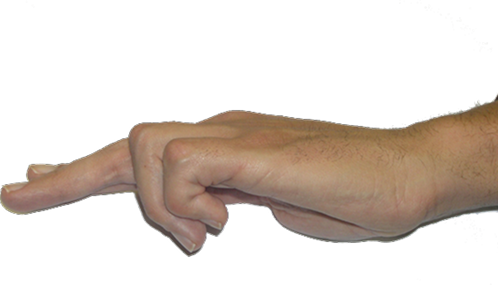
Current treatment options for PIP joint contractures and their limitations

Splinting
Helpful in mild cases but often insufficient for moderate or chronic contractures

Enzyme injections
Effective for some patients but carry risks of skin tears, tendon rupture, and variable outcomes

Fasciectomy
Can restore motion but requires longer recovery, scar management, and carries surgical risks
Advancing care with Digit Widget: Minimally invasive finger surgery for PIP joint contractures
- Applies gentle skeletal extension torque to gradually straighten fingers
- Lengthens soft tissues without damaging the skin or causing pain
- Maintains finger flexion, allowing patients to stay active during treatment
- Fast outpatient treatment, typically completed in under 20 minutes

How Digit Widget transforms PIP joint contracture treatment
Minimally invasive, pain-free relief
- 5-10 degrees of joint extension gained per week
- Avoids the risks associated with injections
- May be ideal for patients with medical complications
Designed for 24/7 comfort
- No pressure points, no blisters, no loss of circulation
- Comfortable and flexible, encouraging high compliance
- Lightweight for continuous wear
Activity encouraged, not restricted
- Preserves flexion and functional use of the hand
- Reduces stiffness and enhances range of motion
- Supports everyday tasks and light activity during treatment
Accessible, and ready to use
- Single-use, sterile system with everything needed for ease of use
- Proven results from more than 19,000 cases
Digit Widget Case Studies
Reverse PIP joint contracture and restore range of motion.
FAQs
What causes a PIP joint contracture?
A PIP joint contracture often develops after trauma, stroke, or conditions like Dupuytren’s disease. Over time, the tissues around the PIP joint stiffen and the palmar soft tissues shorten, preventing full extension and inhibiting normal finger function.
How is a PIP joint finger contracture different from regular stiffness?
A PIP joint finger contracture is a fixed deformity caused by a force imbalance that shortens the palmar soft tissues of the fingers, while stiffness may still improve with therapy. Once a contracture develops, surgical treatment or minimally invasive options are usually needed.
Are minimally invasive treatments as effective as finger surgery for PIP joint issues?
For many patients, minimally invasive therapies can restore motion and delay or avoid finger surgery. While outcomes depend on severity, these approaches reduce risks, shorten recovery, and help preserve natural joint function.


